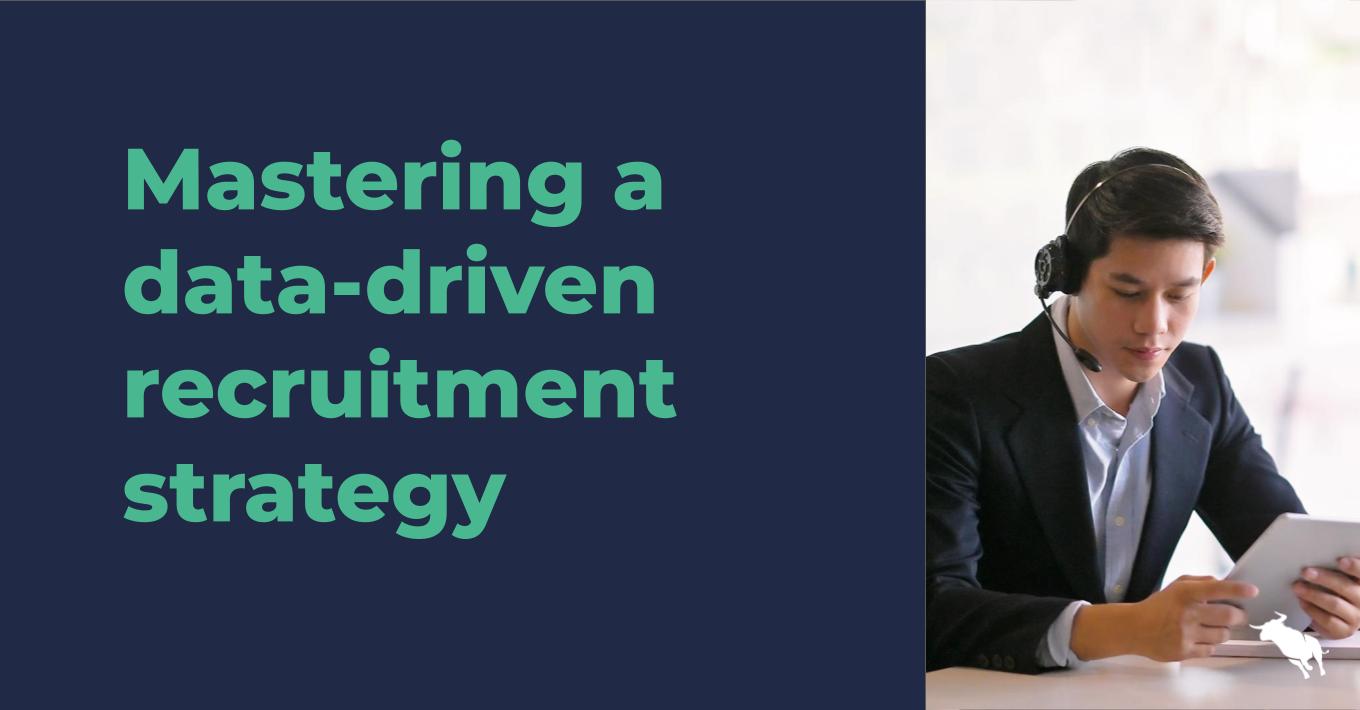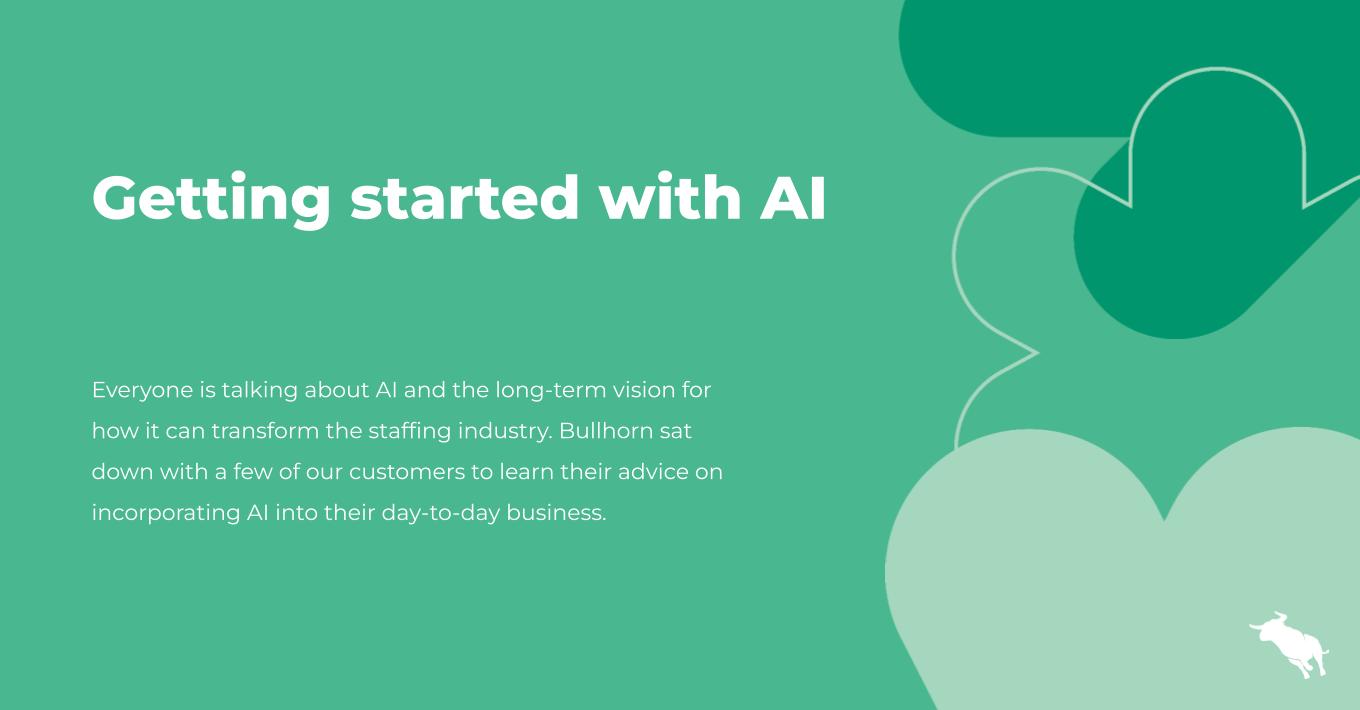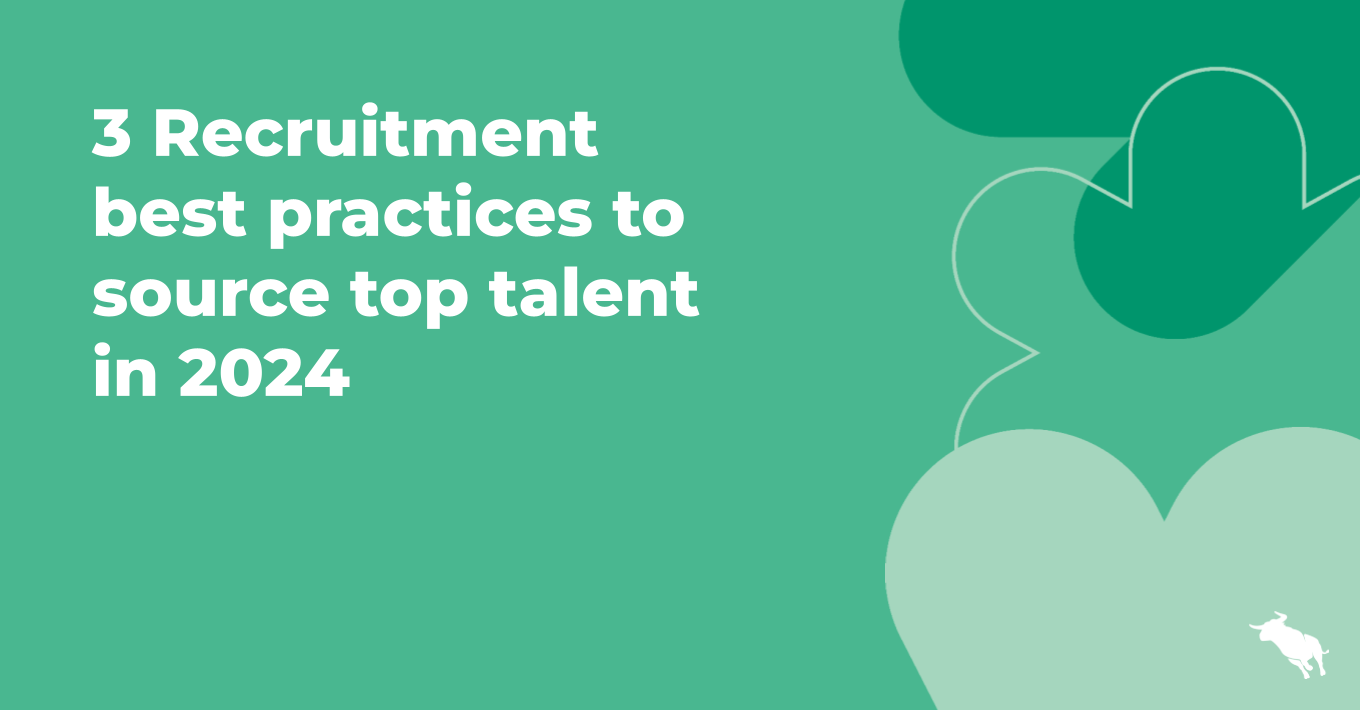3 Recruitment KPIs and What They Mean for YOUR Business

The variety of recruitment agencies in terms of size, speciality, and strategy ensure that regardless of individual market positioning, all organisations will face stiff competition from all corners of the industry. Low barriers to entry for the industry as a whole leave agencies vulnerable to new competitors exploiting their inefficiencies or weaknesses and stealing market share. Completely understanding your agency’s business performance, both internally and relative to other members in the industry, provides the insight necessary to identify weaknesses before they result in the downfall of the organisation.
What are KPIs in Recruitment?
Key Performance Indicators (KPIs) in recruitment are a set of metrics that have long been used to ensure agencies have a deep understanding of their business and its main drivers to success. Actively tracking KPIs via powerful analytics allows consultants to gain key insights into the activities they need to perform so they can always work efficiently. Many times it’s not just looking at ‘time-to-fill’ or ‘jobs coverage’.
Below are three crucial recruitment KPIs and what they tell you about your business.
Most Important KPIs to Measure (and What They Mean)
- Hit RateCalculated using the formula (# Successful Placements)/(# Client Submissions) X 100
The hit rate provides the scalability to compare individual recruiters, or agencies as a whole and provides managers with valuable information about the quality of submissions recruiters are making. Obviously the higher this number the better, however when calculating Hit Rate percentage, keep an eye on the numerator and denominator which can vary greatly between agencies or recruiters and provide the same ratio. Also, be careful using Hit Rate to compare agencies across industries as averages can vary significantly.
- Total Number of PlacementsThe no-brainer measure of performance for any recruitment agency is the total number of placements made; after all, this is how the agency makes money. On an absolute basis, this number doesn’t provide much actionable information – recognising you need to make more placements doesn’t exactly help with the solution. However, understanding how this number is affected by the other KPIs provides the big picture view needed to make strategic decisions for a agency. Also, placement growth of an individual agency relative to an industry average provides a high-level view of the agency’s health or the health of the industry as a whole.
- Job Order Pipeline ValueCalculated by multiplying potential $ for filling all job orders by fill probability
The most complicated performance metric thus far, the value of the job order pipeline incorporates multiple values into a forward-looking view of where the company will be at the end of a given time period. Determining the value for fill probability can involve a lot of variables or could be as simple as taking a particular recruiter’s historic close rate by the potential value of their open orders. Having a dynamic picture of the job order pipeline provides management with valuable projections and insight into the sensitivity of revenue to other KPIs like hit rate.
How to Use KPIs for Recruitment
Now you know some of the most important KPIs for recruitment and what they mean, it’s time to select the metrics that matter to your agency. Success in the recruitment industry requires agencies to understand how efficiently individual employees operate internally, as well as how they stand on a relative basis to industry or sector benchmarks. Using recruitment KPIs like those mentioned above provide the baseline data needed to make strategic decisions and increase competitive advantage over less savvy agencies that are unable to piece together how they are falling short.
Actively monitoring the KPIs and making adjustments where necessary help you to improve your agency’s recruitment efforts. You can manage recruitment analytics to automate the process and ensure your consultants can access desk-level actionable insights. Align your strategies to these KPIs to make better business decisions.
To learn more, access our resource: 10 KPIs That Unified Recruitment Agencies Use to Run Their Business




